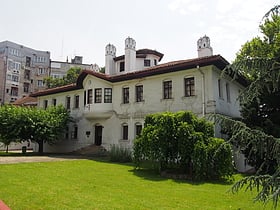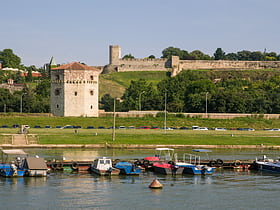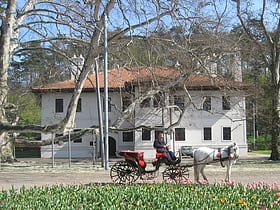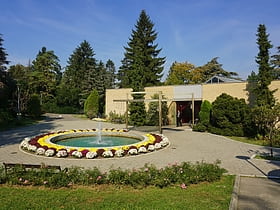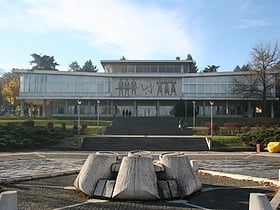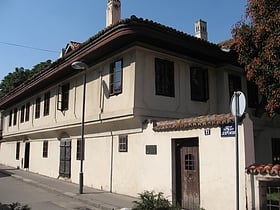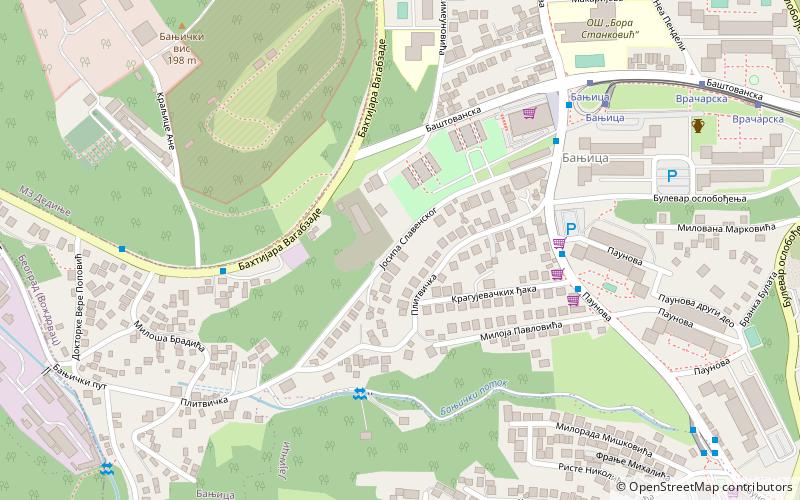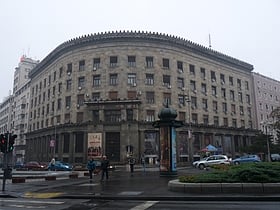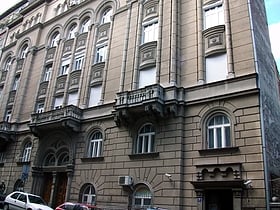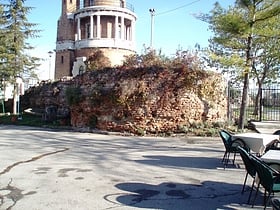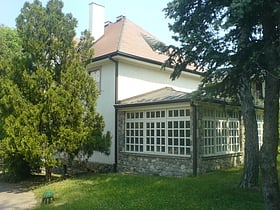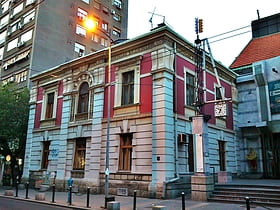Belgrade: History Museum
Places and attractions in the History museum category
Categories
- Museum
- Memorial
- Park
- Church
- Neighbourhood
- History museum
- Bridge
- Theater
- Natural attraction
- Nature
- Shopping
- Palace
- Historical place
- Tower
- Specialty museum
- Art museum
- Square
- Street
- Concerts and shows
- Universities and schools
- Shopping centre
- Sport
- Sport venue
- Lake
- Forest
- Cemetery
- Football
- Art gallery
- Arenas and stadiums
Princess Ljubica's Residence
Royal house museum with 1800s decor Princess Ljubica's Residence, nestled in the heart of Belgrade, Serbia, is a cultural and architectural gem that offers a glimpse into the country's regal past. This 19th-century palace was built between 1829 and 1831 for Princess Ljubica Vukomanović, the wife of...
Nebojsa Tower
The Nebojsa Tower, a historic monument nestled in the heart of Belgrade, Serbia, stands as a testament to the city's rich and tumultuous past. Originally constructed in the 15th century to serve as an important defensive structure overlooking the confluence of the...
Residence of Prince Miloš
Nestled in the serene surroundings of Topčider Park, the Residence of Prince Miloš in Belgrade, Serbia, stands as a testament to the country's rich history and cultural heritage. This elegant structure, now functioning as a museum, was once the home of Prince Miloš...
House of Flowers
House of Flowers is the resting place of Josip Broz Tito, the President of the Socialist Federal Republic of Yugoslavia, and his third wife Jovanka Broz. It is located on the grounds of the Museum of Yugoslav History in Dedinje, Belgrade, Serbia.
Museum of Yugoslavia
Museum dedicated to Yugoslavian history The Museum of Yugoslavia is a public history museum in Belgrade, the capital of Serbia. It chronicles the period of Kingdom of Yugoslavia and Socialist Yugoslavia as well as the life of Josip Broz Tito. Tito's grave is located in one of the Museum buildings.
Museum of Vuk and Dositej
Memorial museum of celebrated Serbians The Museum of Vuk and Dositej is one of the most important memorial museums in Belgrade, the capital of Serbia. Founded in 1949, it depicts the life, work and legacy of Vuk Stefanović Karadžić, the reformer of the Serbian language, and Dositej Obradović, a writer who was the country's first Minister of Education.
Adligat
Adligat is a civil society organization which operates in the area of culture, arts and furthering the international cooperation of Serbia and the rest of the world.
Historical Museum of Serbia
The Historical Museum of Serbia is a public institution dedicated to documentation of history of Serbia from prehistory up to the present. The museum was established in 1963 and today it preserves over 35,000 exhibits in its collection. Over the years the museum was located at different locations around the capital city of Belgrade.
Jewish Historical Museum
The Jewish Historical Museum is a museum located to the southeast of Kalemegdan, Stari Grad, Belgrade. Founded in 1948, it is the only Jewish museum in Serbia. The museum is situated in a building constructed in 1928 for the Sefardic community.
Zemun Fortress
The Zemun fortress is a fortification located on a hill in Zemun in Belgrade.
Museum of 4 July
The Museum of 4 July was a museum located in Belgrade, the capital of Serbia. It was established in 1950 in the house where members of the Central Committee of the Communist Party of Yugoslavia decided to encourage the people's uprising against Yugoslavia's German occupiers on 4 July 1941.
Jevrem Grujić's House
The house of Jevrem Grujić is located in 17 Svetogorska Street, – the first designated heritage building since the founding of the Cultural Heritage Protection Institute of the City of Belgrade, in 1961. It is located in the immediate distance from the theatre "Atelje 212".
Map

